The market for affordable 5G smartphones grows larger as realme released their realme 8 5G line. With all the possible options, it is hard to tell which one to go for, which is why we present this three-way comparison between the realme 8 5G, the POCO M3 Pro 5G, and the Xiaomi Redmi Note 10 5G—all smartphones under the PHP 12K pricepoint. Yes, we are aware of the rebranded POCO M3 Pro of the Xiaomi Redmi Note 5G, but stick around as we plot down the key differences. Let’s go!

| realme 8 5G | POCO M3 Pro | Xiaomi Redmi Note 10 5G |
|---|---|---|
| 6.5-inch HFD+, LCD, 405ppi | 6.5-inch FHD+ , LCD, 405ppi | 6.5-inch FHD+, LCD, 405ppi |
| 90Hz refresh rate | 90Hz refresh rate | 90Hz refresh rate |
| Corning Gorilla Glass 3 | Corning Gorilla Glass 3 | |
| MediaTek Dimensity 700 | MediaTek Dimensity 700 | MediaTek Dimensity 700 |
| ARM Mali-G57 MC2 GPU | ARM Mali-G57 MC2 GPU | Mali-G57 MC2 GPU |
| 8GB LPDDR4x RAM | 4GB, 6GB LPDDR4X RAM | 4GB, 8GB LPDDR4X RAM |
| 128GB UFS 2.1 storage | 64GB, 128GB UFS 2.2 storage | 64GB, 128GB UFS 2.2 storage |
| microSD card slot (dedicated) | microSD card slot (shared) | microSD card slot (shared) |
| Triple rear cameras: | Triple rear cameras: | Triple-rear cameras: |
| • 48MP F1.8 (main) | • 48MP F1.79 (main) | • 48MP F1.79 (main) |
| • 2MP F2.4 (macro) | • 2MP F2.4 (macro) | • 2MP F2.4 (macro) |
| • 2MP F2.4 (depth) | • 2MP F2.4 (depth) | • 2MP F2.4 (depth) |
| 16MP front camera | 8MP front camera | 8MP front camera |
| Dual-SIM (nano) | Dual-SIM (nano) | Dual-SIM (nano) |
| 5G, 4G LTE | 5G, 4G LTE | 5G, 4G LTE |
| WiFi 5 | WiFi 5 | WiFi 5 |
| Bluetooth 5.1 | Bluetooth 5.1 | Bluetooth 5.1 |
| NFC | NFC | NFC |
| IR blaster | IR blaster | |
| GPS, A-GPS, Beidou, Galileo, QZSS, GLONASS | GPS, A-GPS, Galileo, GLONASS, Beidou | GPS, A-GPS, Galileo, GLONASS, Beidou |
| USB Type-C | USB Type-C | USB Type-C |
| 3.5mm audio jack | 3.5mm audio jack | 3.5mm audio jack |
| Hi-Res Audio certification | Hi-Res Audio certification | |
| Fingerprint scanner (side) | Fingerprint scanner (side) | Fingerprint scanner (side) |
| realme UI (Android 11) | MIUI 12 (Android 11) | MIUI 12.5 (Android 11) |
| 5,000mAh battery w/ 18W fast charge | 5,000mAh battery w/ 18W fast charge | 5,000mAh battery w/ 18W fast charging |
| 162.5 x 74.8 x 8.5mm | 161.81 x 75.34 x 8.92 mm | 161.81 × 75.3 × 8.29 mm |
| 185g | 190g | 190g |
Summary of advantages:
realme 8 5G:
• Dedicated microSD card slot
• Higher front camera resolution (16MP)
• Lighter
POCO M3 Pro 5G:
• Corning Gorilla Glass 3
• UFS 2.2 storage
• available RAM options (4GB, 6GB)
• IR Blaster
• Hi-Res Audio certification
Xiaomi Redmi Note 5G:
• Corning Gorilla Glass 3
• UFS 2.2 storage
• available RAM options (4GB, 8GB)
• IR Blaster
• Hi-Res Audio certification
Table of Contents
Display
First up is the display because that is the thing you will constantly be looking at. All three smartphones an FHD+ LCD screen with 405ppi. As for screen refresh rate, all phones support a 90Hz refresh rate for fast and responsive interaction between you and your apps. Both the POCO M3 Pro 5G and the Xiaomi Redmi Note 10 5G feature Gorilla Glass 3. No mention of any special glass protection for the realme 8 5G.
CPU and GPU
Powering all three smartphones is the same MediaTek Dimensity 700 and ARM Mali-G57 MC2 GPU, meaning we can expect the same level of performance across the devices. But you can check out the benchmark scores below:
| realme 8 5G | POCO M3 Pro 5G | Xiaomi Redmi Note 10 5G | |
|---|---|---|---|
| AntuTu V8.3.4 | 285723 | 263520 | 257914 |
| Geekbench 5 | 548 (Single-core), 1,761 (Multi-core) | 562 (Single-core), 1,744 (Multi-core) | 553 (Single-Core), 1,679 (Multi-Core), 1,341 (OpenCL) |
| PCMark | 11,510 (Work 3.0) | 8,986 (Work 2.0) | 8,195 (Work 3.0) |
| 3DMark | 2,351 (SSE OpenGL 3.1), 1,103 (Vulkan) | unable to connect to UL servers | |
| AndroBench | 1003.65 MB/s (Seq Read), 274.4 MB/s (Seq. Write) | 972.58 MB/s (Read), 491.31 MB/s (Write) | 932.67 MB/s (Seq. Read), 407. 67 MB/s (Seq. Write) |
RAM and Storage
The category of RAM is where these phones differ. The realme 8 5G has one configuration of RAM, which is set at 8GB. On the other hand, the rebranded POCO M3 Pro 5G has 4GB and 6GB RAM, while the Xiaomi Redmi Note 10 5G has 4GB and 8GB models. Moreover, the realme 8 5G is only set for 128GB of storage for the storage department, while the two phone models have 64GB and 128GB storage options.
Note that the POCO M3 Pro 5G and the Xiaomi Redmi Note 10 5G presently has UFS 2.2 storage compared to the 2.1 of its lone competitor. The major difference between the UFS 2.1 and 2.2 is the addition of a Write Booster, which generally loads applications quicker, encodes faster, and ensures better browsing.
Camera
All three smartphones sport the same triple camera configuration with a 48MP main camera and 2MP for the macro and depth camera. When we flip upfront, the realme 8 5G wins the camera department with its 16MP front camera, beating the POCO M3 Pro 5G and Xiaomi Redmi Note 10 5G’s 8MP selfie camera. Take note that these numbers do not always equate to quality. Luckily, we were able to review the realme 8 5G, the POCO M3 Pro, and the Xiaomi Redmi Note 10 5G to give you an idea of how the cameras perform.
The realme 8 5G provides wonderful contrasts in a well-lighted environment, providing good foreground and background differentiation with its balance on sharpness. Upfront, its selfie camera provides softened selfies, canceling out blemishes and rough spots on the subject. Great for quick snaps and instant uploads without the need for much post-editing.
The general rear camera quality of the POCO M3 Pro looks sharp and clear when focused correctly. However, its photos would tend to be overexposed or washed out, which is why it is needed to tap the subject before taking a photo. Better yet, take several photos for good measure. Its selfie camera gives subjects paler skin compared to their natural skin tone but is rather alright for normal usage.
The Xiaomi Redmi Note 10 5G provides accurate colors for images, but like always, ample lighting environment is needed to get the most quality out of the picture. Its macro camera is good but requires trial and error when factoring distance between the phone and the subject.
Other features
All three smartphones are capable of WiFi 5, Bluetooth 5.1, 5G network capability, and NFC in the connectivity department. However, the POCO M3 Pro 5G and the Xiaomi Redmi Note 10 5G features an IR blaster that can be improvised as a remote control for your television sets.
They all also feature a 3.5mm audio jack for your audio peripherals, but again the POCO M3 Pro and the Xiaomi Redmi Note 10 5G has the edge over the realme 8 5G with their Hi-Res Audio certification.
Battery
If the battery is your concern, no need to fret as all three smartphones have a 5,000mAh battery with 18W of fast charge, so no winner can be discerned for this category. However, note that each smartphone may handle its battery consumption differently from one another. So check out the results based on our reviews below:
| realme 8 5G | POCO M3 Pro | Xiaomi Redmi Note 10 5G | |
|---|---|---|---|
| PCMark battery | 20 hours and 31 minutes | 10 hours and 9 minutes | 17 hours and 37 minutes |
| Video Loop test | 27 hours and 6 minutes | 20 hours and 50 minutes | 20 hours |
Price
| realme 8 5G | POCO M3 Pro 5G | Xiaomi Redmi Note 10 5G |
|---|---|---|
| (8GB + 128GB) - PHP 11,990 | (4GB + 64GB) - PHP 8,990 | (4GB + 128GB) - PHP 9,990 |
| (6GB + 128GB) - PHP 11,990 | (8GB + 128GB) - PHP 11,490 |
Which one to get?
All three smartphones are neck and neck in terms of features; however, if you want a slightly lighter smartphone with a dedicated microSD slot and a higher-resolution selfie camera, opt for the realme 8 5G for PHP 11,990.
On the flip side, if you want a Hi-Res audio-certified smartphone with improved UFS storage and an IR blaster, you can choose either the POCO M3 Pro or the Xiaomi Redmi Note 10 5G. However, keep in mind that although insanely similar, the POCO M3 Pro 5G and the Xiaomi Redmi Note 10 5G have different configurations and prices.
Between the two, if you have a limited budget and ok with 4G + 64GB, you can start with the POCO M3 Pro 5G, but if you have a bigger budget and want the biggest RAM and storage available, go for the 8GB + 128GB Redmi Note 10 5G.
So what do you think? Let us know your thoughts in the comments below.






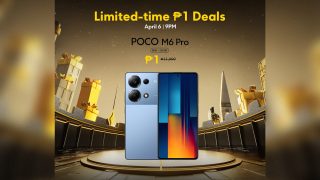
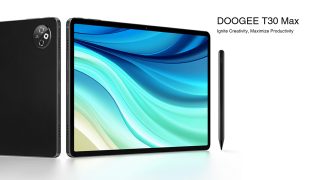




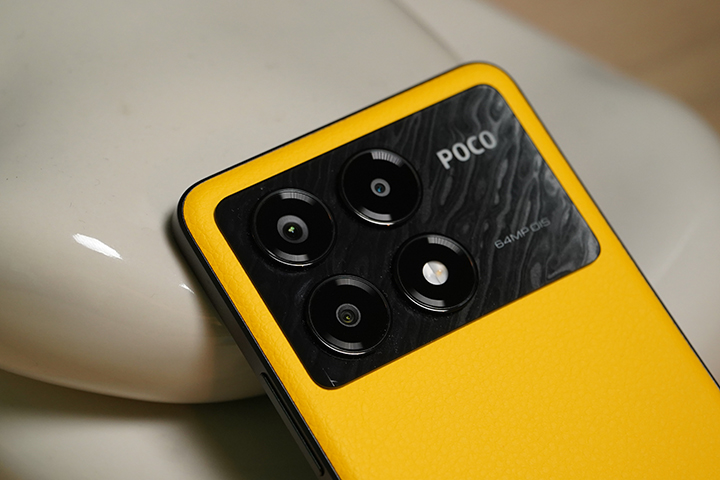



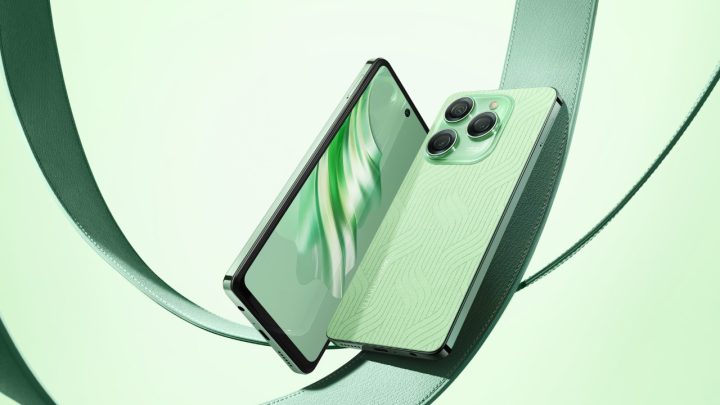


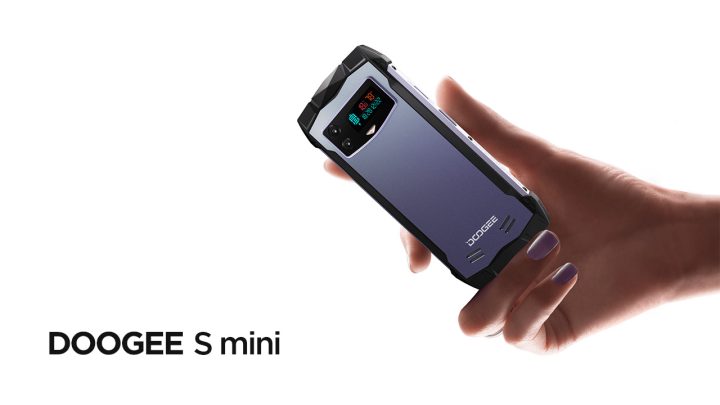


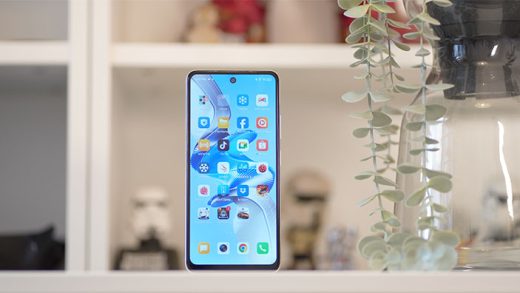

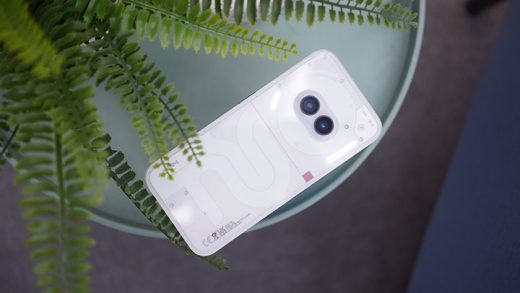

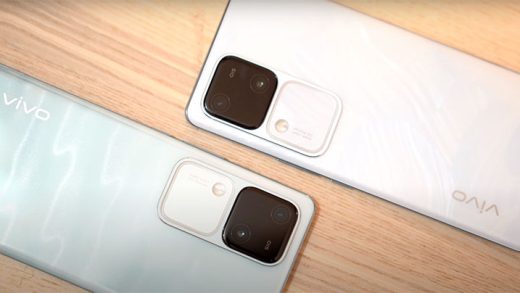





Realme 8 5G is clearly the winner here.
Majority of the specs are just the same for the three but Rm 8 5g stand out – Good battery endurance as compare with the same cap. of the two ( just look at the test, I was shocked for the Poco 10 hrs lol haha)
Camera of course, clearly no bias realme has better quality, and of course the customer support and software optimization, Realme wins
Camera wise, we know what Realme is capable of, since it is backed by Oppo. But if you don’t care for the cameras, the two options from Xiaomi will definitely be much more cost effective.